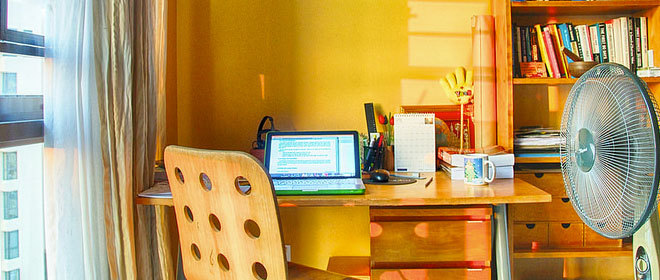
This article is written TO STUDENTS. They need to know these study strategies. You can share this information in parent newsletters and SHOW students how to use the strategies.
- Few Diversions. Turn off the TV and phone ringer (go as far to place your phone in another room while you are studying). Send loud siblings to another room. Research suggests that with each additional distraction working memory tenacity is reduced, potentially hindering processing ability and retention of new information.
- Focus. Studies show that background audio like Baroque, nature sounds or smooth jazz can improve cognition and mask other distractions. Set your mind to focus on a particular goal for this study session for a certain amount of time. Do not take a break until the goal is achieved. See if you can beat the clock.
- Brighter light. By keeping the study area bright, a child’s mood, alertness and vision are enhanced. Bright lights decrease the amount of melatonin—chemical that induces sleep—available to the brain.
- Fuel. The brain uses glucose and oxygen to think, learn and memorize. Fruits are an ideal way to provide glucose to the brain. Some other brain power foods are vegetables, nuts and water.
- Working materials. Have pencils, highlighters, a ruler, scissors, erasers, a dictionary, computer with powerful, research-based websites about the content being studied, and a comfortable chair readily available.
- Breaks. Because the brain can stay focused for only so long, be sure to build in the break time appropriate. Break time allows the brain to recycle proteins and chemicals needed for learning. You can allot approximately one minute of focus per year of age: A ten-year-old might be able to focus for eight to ten minutes before needing a break. Breaks should be about three to five minutes in length and should get the child out of the chair, moving and drinking water.
- A realistic schedule. To accomplish all tasks and activities, set goals. A goal is a powerful motivator for the brain. Here is a sample schedule:
4-5 p.m.—soccer practice
5-6 p.m.—free play, supper, chores
6-7:00 p.m.—math homework
7:00-7:10 p.m.—phone break (check texts)
7:10-8 p.m.—write argumentative piece
8:00 – 8:05 p.m. – quick snack break
8:05 – 9:00 p.m.—read Science book chapter 3
Based on Research from: Make It Stick (Brown, Roediger, & McDaniel, 2014); Memorizing Strategies (Nickelsen, 2004)



Dr Margo Turner
Very helpful info! I would add that it helps the learning be more
Long term when you review for a few minutes each night for 2 weeks vs. cramming the night before the test.